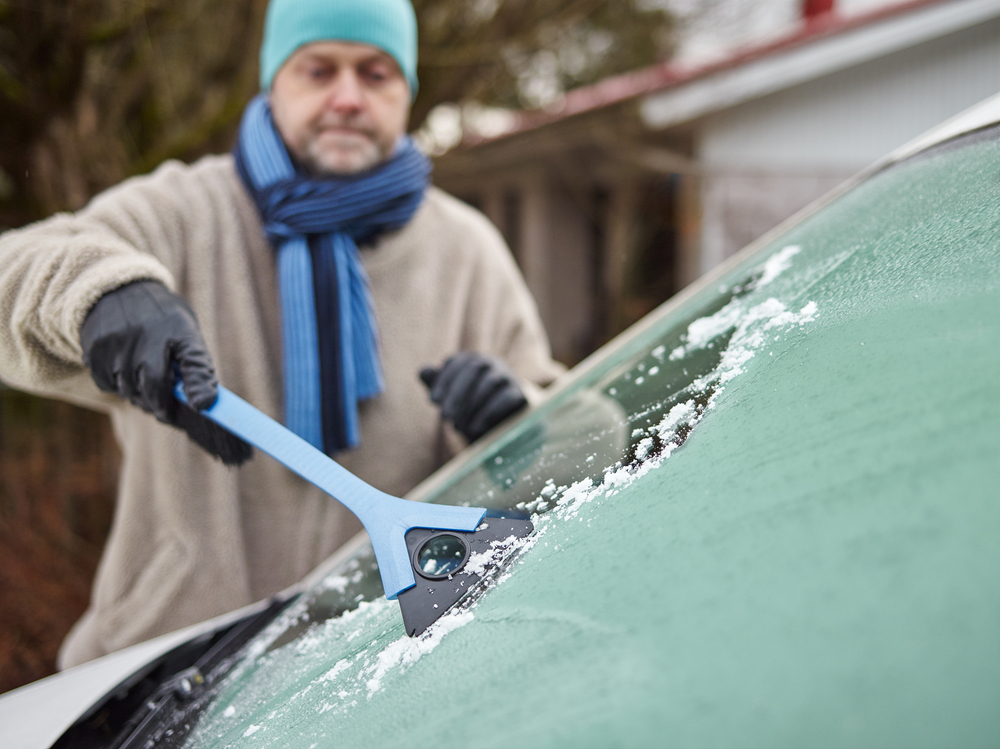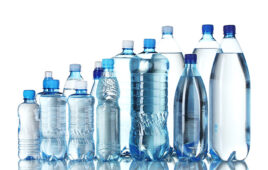
Researchers at Colorado State University believe they have developed a more effective ice repellent coating. (Credit: Shutterstock)
The aches and pains of having to scrape off your windshield before work every morning may soon be gone.
Researchers from Colorado State University have developed an ice-repellent coating that outperforms the best de-icing products on the market.
Arun Kota, an assistant professor of mechanical engineering and biomedical engineering, led a research group to create a gel-based, soft coating made of polydimethylsiloxane—a silicone polymer gel with widespread industrial use.
“We think there is significant commercial potential here,” Kota said in a statement.
The coating is expected to be environmentally friendly, inexpensive and long-lasting, which could keep everything from cars and ships to planes and power lines ice-free.
De-icing coatings are measured by ice adhesion strength—the shear stress necessary to remove ice from a surface. This is measured in kilopascals (kPa), where the lower the kPa the more effective a coating is.
The new coating showed an ice adhesion strength of about 5 kPa, while soft coatings available on the market have ice adhesion strength of about 40 kPa. Other types of de-icing coatings made of rigid materials like Teflon have an ice adhesion strength that could top 100 kPa.
De-icers are used to facilitate the easy removal of ice, once the ice has already formed and stuck to a surface.
The study, which appeared in the Journal of Materials Chemistry, can be viewed here.



